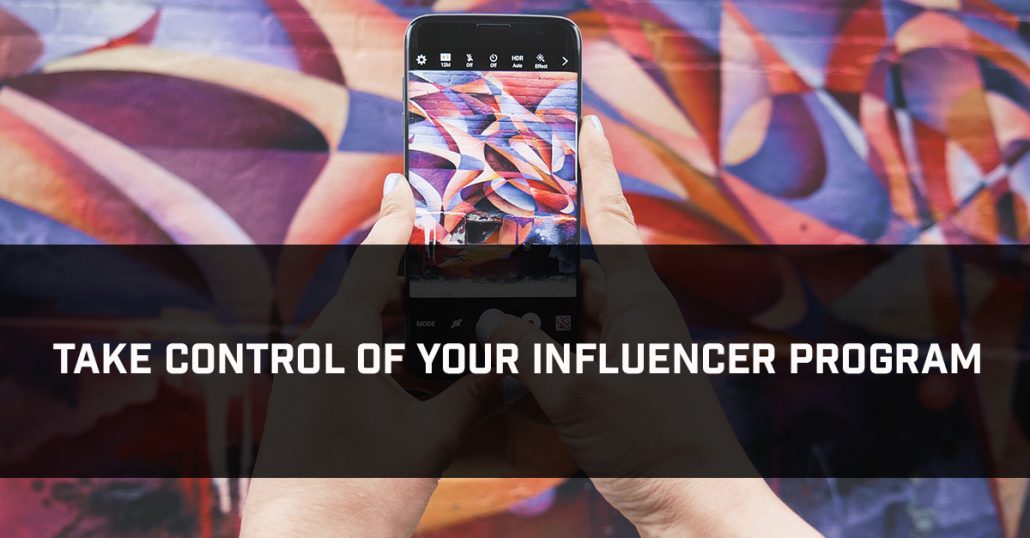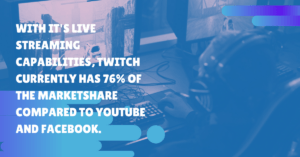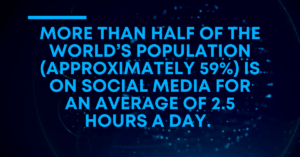Influencer marketing is growing, with many successful brands in both the B2B and B2C space replacing some of their traditional marketing strategies with influencer programs. It makes sense. Word of mouth has always been a powerful driver in making sales and according to Nielsen, 92 percent of consumers trust online content created by their peers ahead of all other forms of advertising.
Successful influencer programs can be incredibly profitable for businesses. According to Tomoson, businesses make $6.50 for every $1 spent on influencer marketing. So how do you get that money? What are the steps to run a successful program?
1. Identify goals and key metrics
Running a traditional advertising campaign without clear goals and metrics would be unheard of, and yet some companies are running their influencer program in the same way. Identify what you want to gain through your influencer campaign. Is it higher sales? Increased engagement? Positive brand sentiment?
How are those things measured? Choose a few key metrics, or KPIs, to track as you move forward with your program. It could be click-throughs, conversion rates, or just engagement rates on social posts. Identify what matters and be sure to keep those in mind as you move forward.
2. Find the right platform
Not every social media platform is right for every brand. With so many to choose from, it’s important to truly zero-in on where your audience lives. A lifestyle influencer is unlikely to be on Twitch. A gamer probably isn’t big on Pinterest. Don’t focus your energy on places that won’t drive results.
If you’re bootstrapping your influencer program, your search words should lead you to the right place. If you’re choosing to work with a platform, make sure you’re working with one that covers the social media outlets you need. Here at Sideqik, we’re always looking to expand our reach to better suit our customers.
3. Choose your influencers
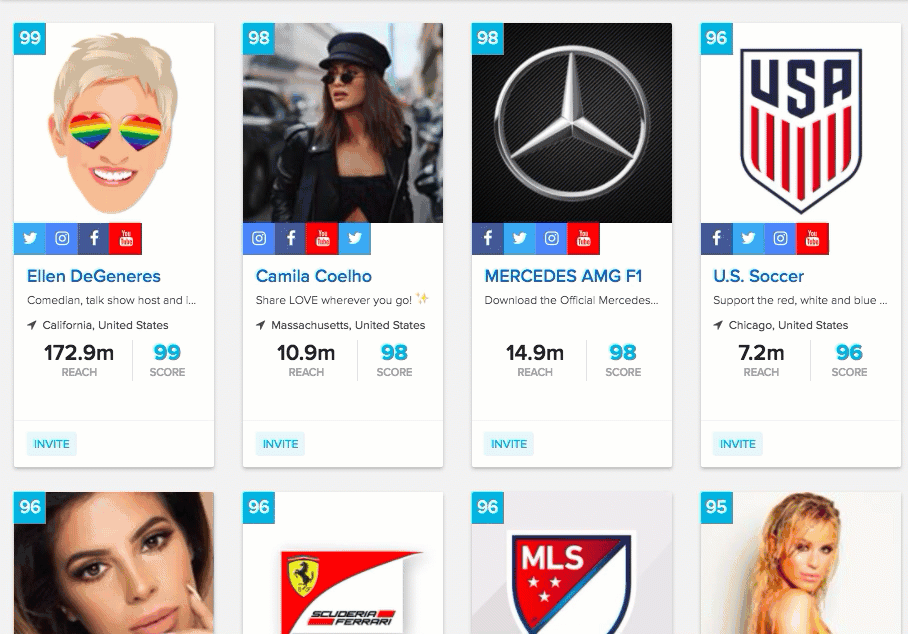 Here’s the step everyone already knows about: finding your key influencers. But it isn’t as simple as searching a keyword and picking the top post. Looking back at those KPIs you established, try to find influencers that align most with your brand’s goals. If you’re simply striving for a large number of eyes, maybe follower count is tantamount, but perhaps you want to drive returns through engagement, post frequency or a combination thereof.
Here’s the step everyone already knows about: finding your key influencers. But it isn’t as simple as searching a keyword and picking the top post. Looking back at those KPIs you established, try to find influencers that align most with your brand’s goals. If you’re simply striving for a large number of eyes, maybe follower count is tantamount, but perhaps you want to drive returns through engagement, post frequency or a combination thereof.
There is also lots of buzz around micro influencers right now. While a large campaign full of small influencers has its value, the better way to think of micro-influencers is building relationships. A mega influencer or celebrity comes with a huge price tag. Identifying a smaller influencer whose audience is primed to both accept your brand and grow is a strong plan for success.
4. Incentivize influencers
Influencer marketing is still a money game. If you’re paying an influencer, how much are you paying them? Will it be dependent on engagements, conversions or clicks, or will it be a flat-rate fee? Ad Week reports that the average cost of an Instagram post is $300.
Maybe you don’t want to pay your influencers at all and instead what to create surprise and delight. You can send products to influencers with no contract and often see many social posts in return. Many campaigns have successfully generated massive ROI by simply sending thoughtful gift boxes to key influencers.
5. Measure your results
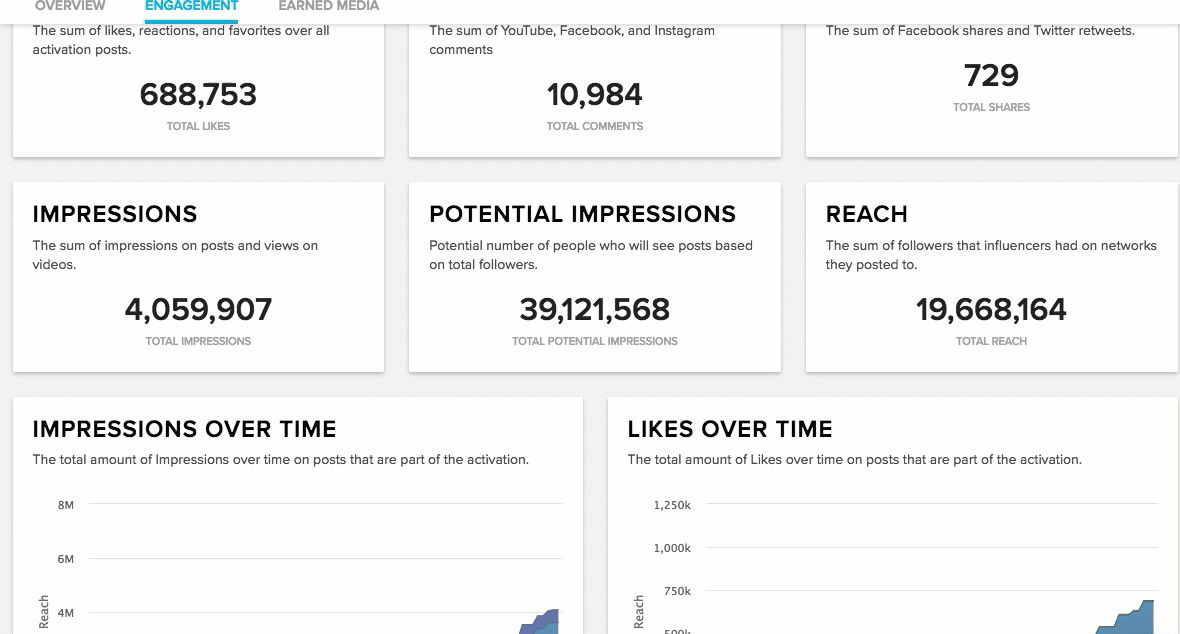 Remember how step one was identifying measurable goals? Then it should come as no surprise that the final step is measuring your results. From the moment a post is created, until well after a campaign has ended you should be measuring how your influencer content stacks up. This can be in a spreadsheet or with the help of a skilled platform that will aggregate and analyze your data for you.
Remember how step one was identifying measurable goals? Then it should come as no surprise that the final step is measuring your results. From the moment a post is created, until well after a campaign has ended you should be measuring how your influencer content stacks up. This can be in a spreadsheet or with the help of a skilled platform that will aggregate and analyze your data for you.
6. Repeat
If you’ve run one successful influencer campaign, you should be able to run a whole influencer program. Start back at step one and embrace the future of marketing.
Want help on your journey to dominate influencer marketing? Get started here.

